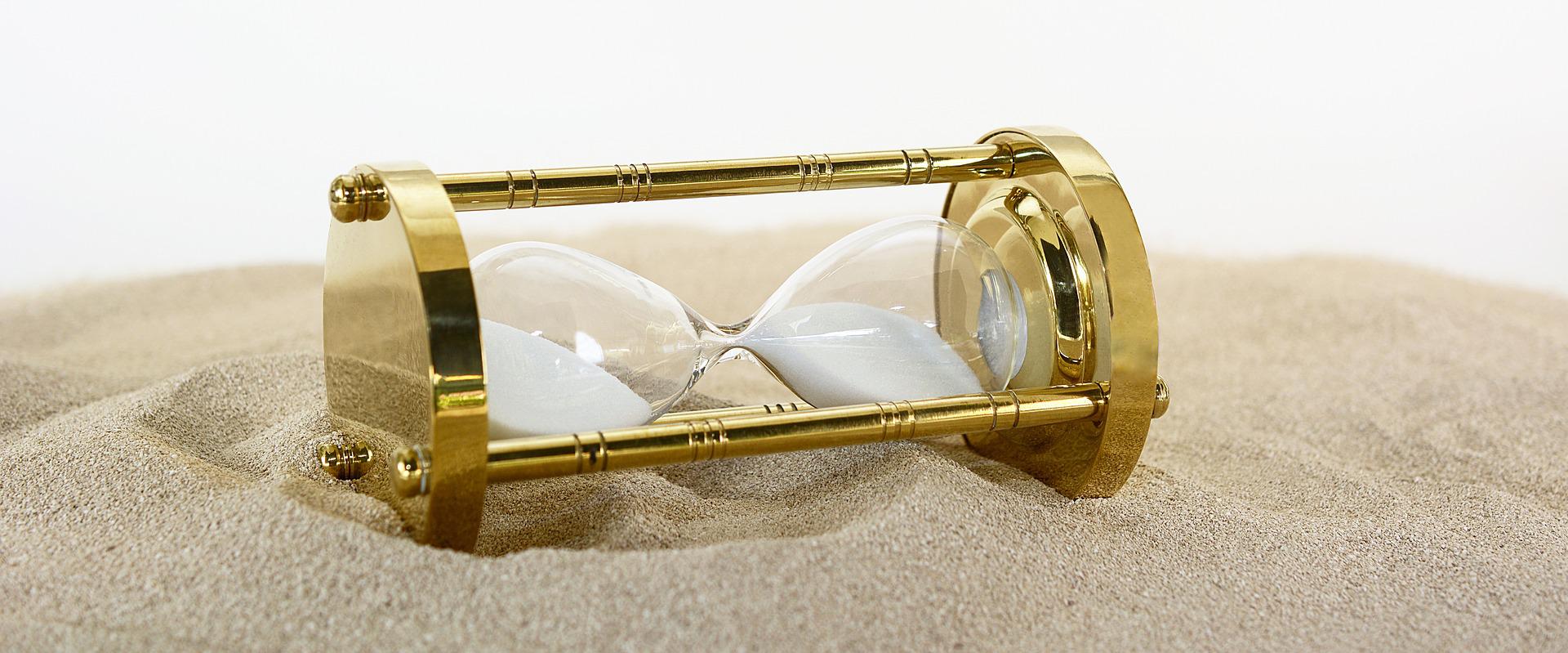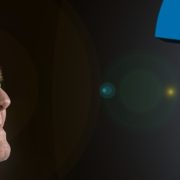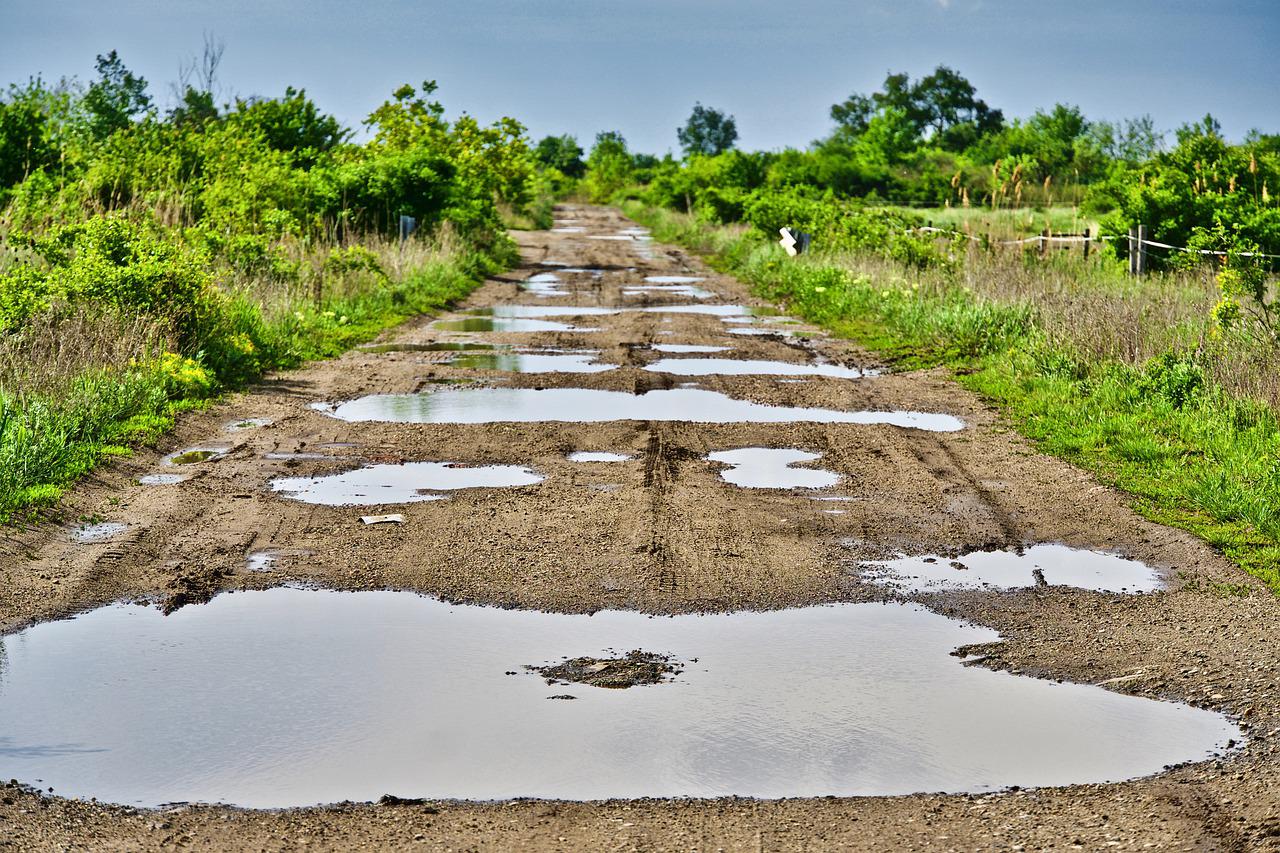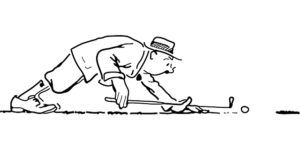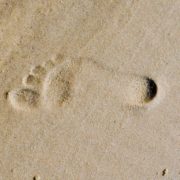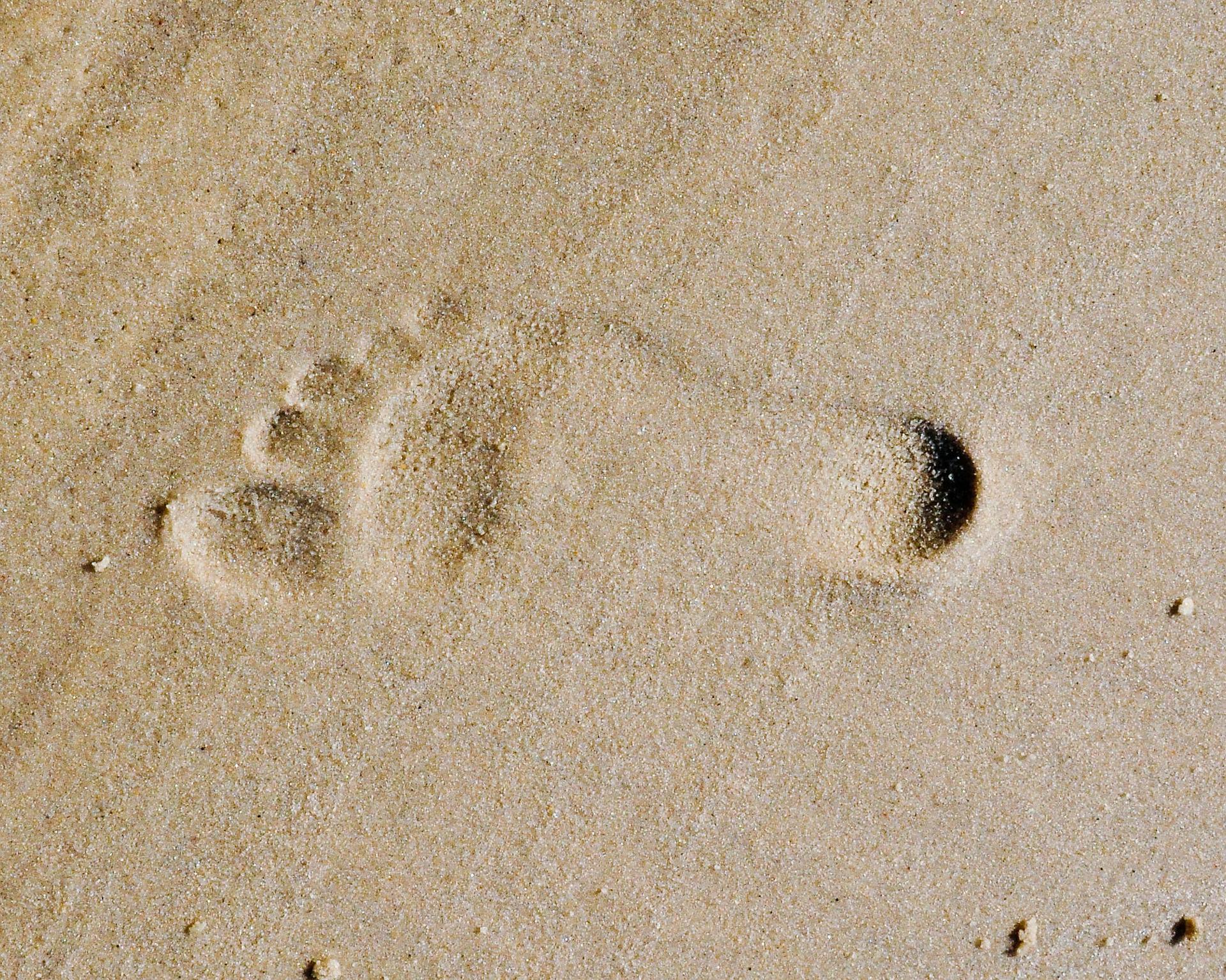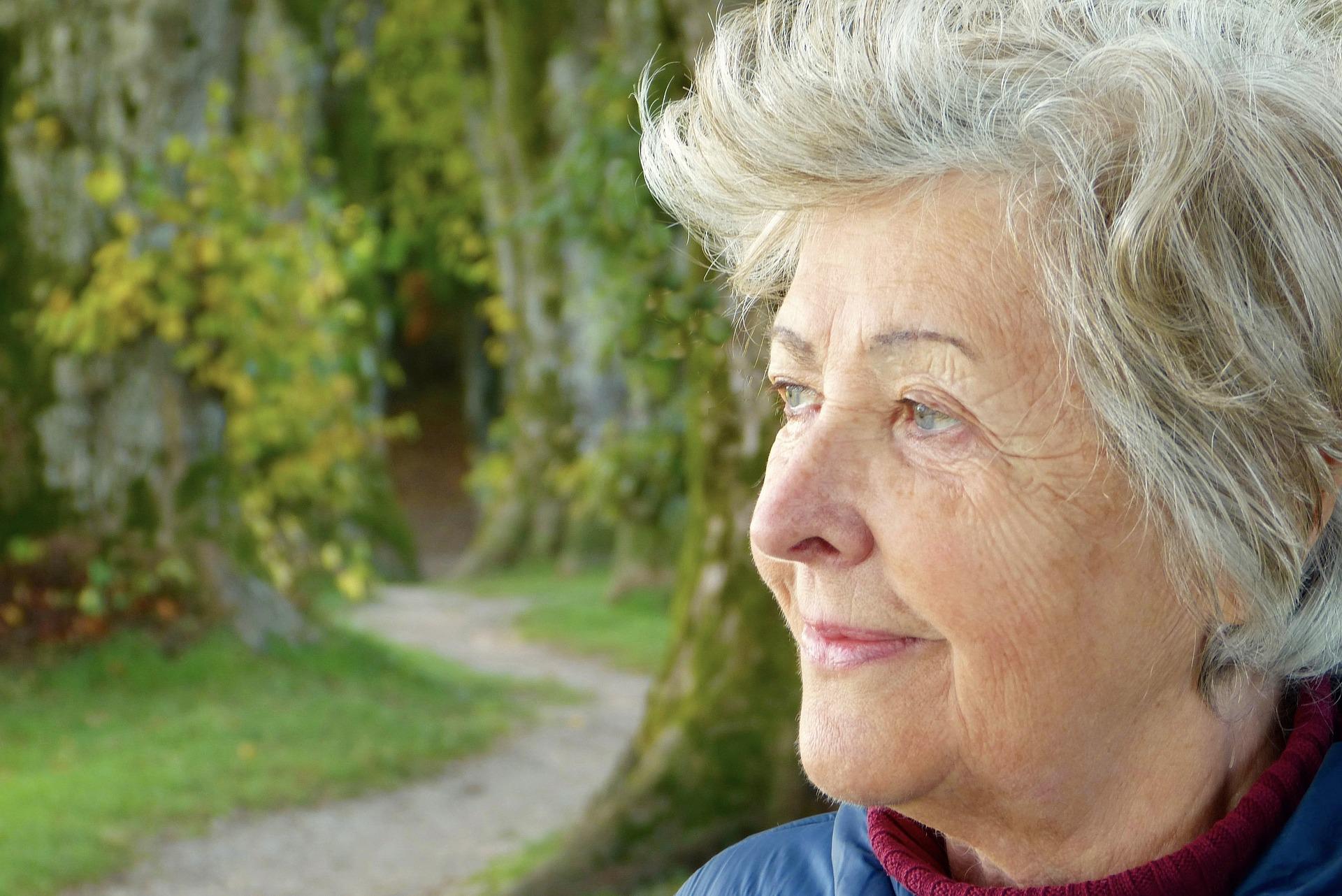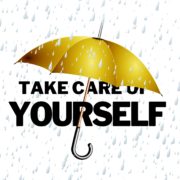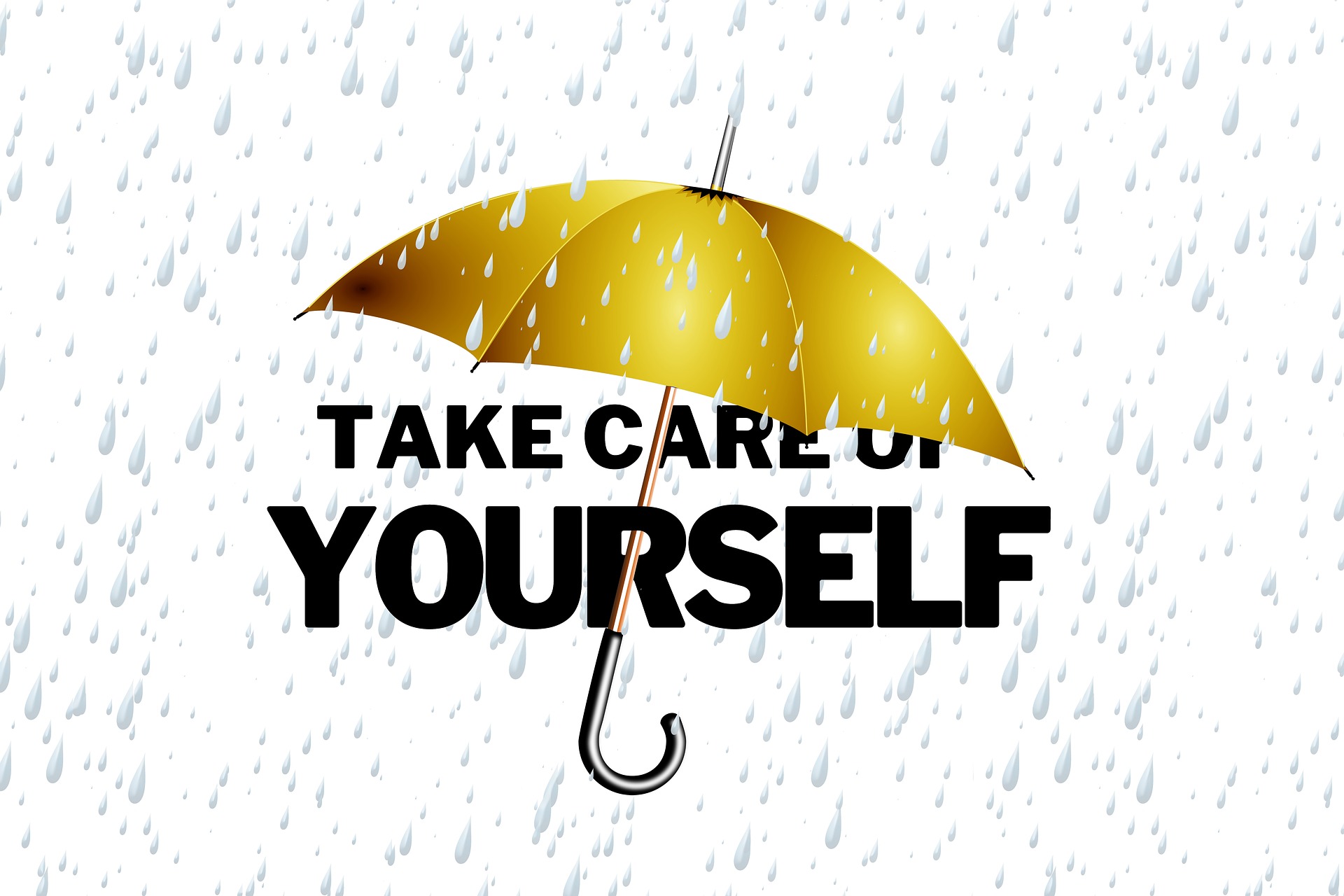A Retirement Salvaged – A Story About Paying Attention.
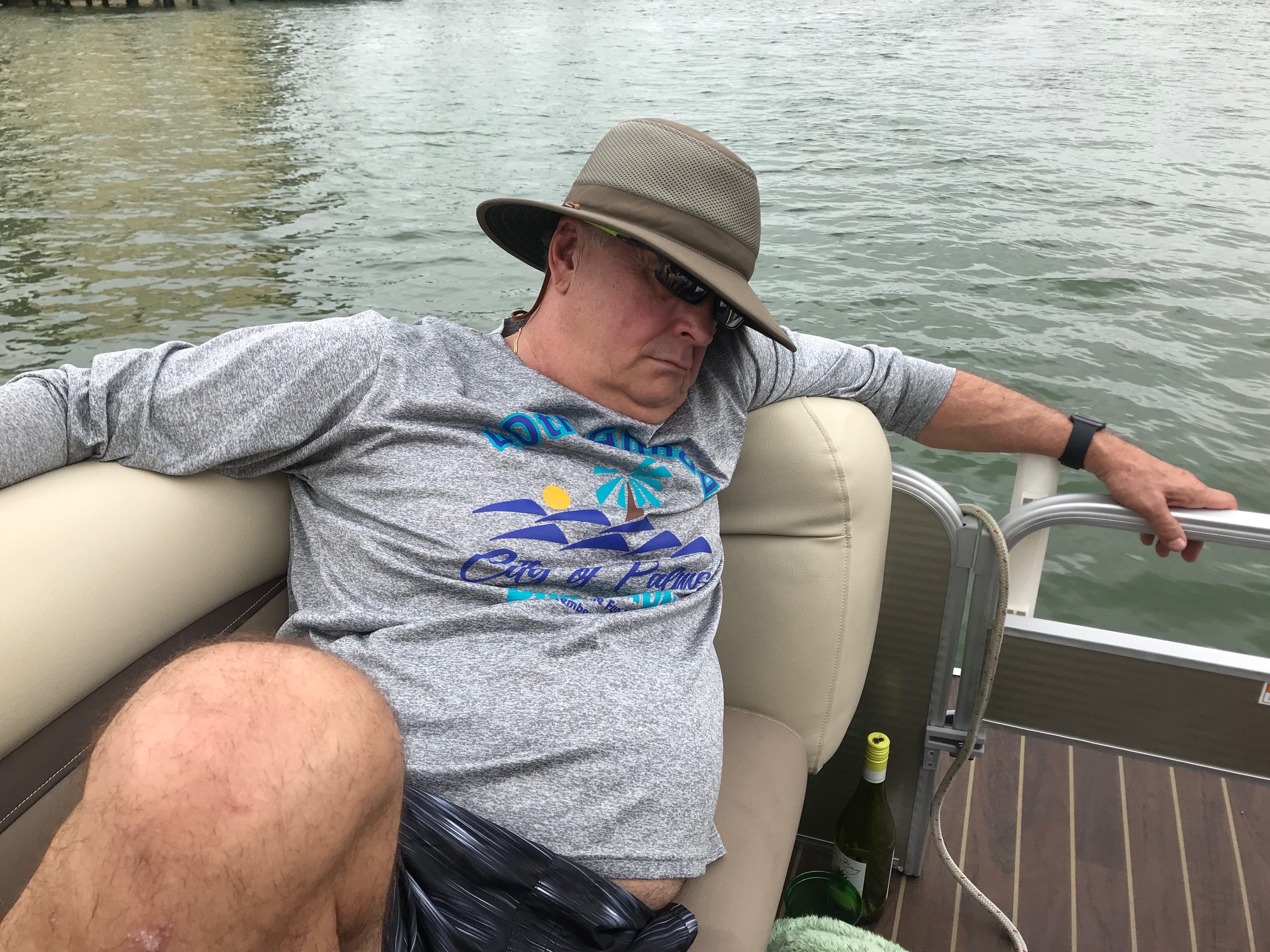
The picture above is of Paul Debrone, retired Air Canada pilot, in the early days of his retirement. Paul still holds the world record for the longest-tenured pilot in aviation history – 46 years of continuous service with Air Canada, which included being the #1 pilot in seniority for eight straight years.
It’s also the picture that spawned an awareness that his coveted retirement was not serving him well.
I introduced you to Paul in a post (click here for the article) almost a year ago. Paul and I had met by phone about a year before posting the article. I was impressed with the life adjustments he was making as he transitioned into retired life and his awareness that he needed to do something about his physical condition.
Motivated heavily by the picture above, he had changed his diet, started an exercise regimen, lost 30 pounds, and committed to, and completed, a sprint triathlon. His wife, Cheryl, recorded the event in this nicely done YouTube video.
Then this email hit my inbox:
Good evening Gary,
Last April I did a sprint triathlon and started training for an Iron Man 70.3. I am retired and 67 years old and I thought in excellent shape with a change to a whole plant-based diet. In my excitement for my newfound energy, I decided to get my FAA pilot (license renewed). Well. I failed my EKG. Fast forward, testing etc. I am at this time sitting in my room at the Cleveland Clinic in Weston Florida, just had quadruple open heart bypass performed on Thursday. There is too much to share on an email – feel free if you’re still up give me a call till 2 AM another 55 minutes from now on my cell phone and I can discuss these matters.
Fly safe
Paul
From sprint triathlon and training for an Iron Man 70.3 to this:

And from that to this – in 10 months:
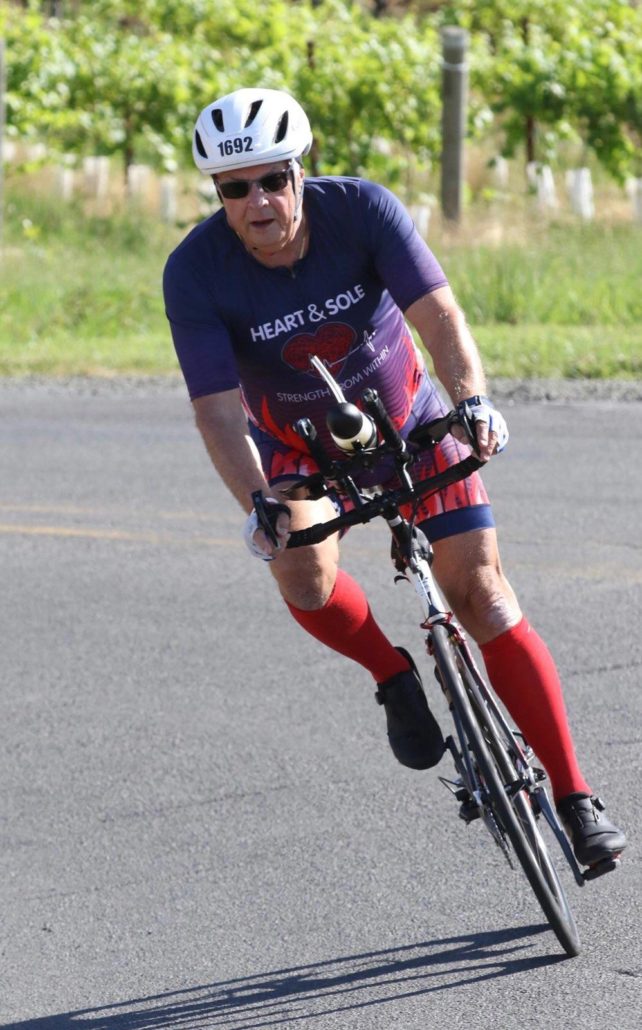
No podium honors, but he finished the swim-bike-run in his first attempt at an Ironman 70.3 – at age 68 and less than a year after a quadruple bypass.
But, there’s a bigger story here!
It would be easy to stop here and have a good story. But, as significant as it is, the 70.3 Iron Man success is just a product of a bigger story – one kickstarted with the boat picture.
Paul’s deteriorating physical condition paired up with a post-retirement depression rooted in going from the highest-ranked, most-recognized, and most-followed pilot at Air Canada to “who am I now?”
This double-whammy moved him to take action on more than just the physical front that led to this amazing sequence of achievements.
Other things moved in Paul that are even more significant.
For years, Paul had been an active contributor to Air Canada’s Employer Assistance Program, providing guidance and counseling to pilots who were struggling with issues such as depression, anxiety, addictions, communication challenges, and interpersonal relationships. Air Canada found that $1 invested in this program had a $7 payback in terms of retaining talented pilots.
Following retirement, Paul continued his commitment to working with Air Canada pilots under that program.
The 70.3 deepened and added a new dimension to this commitment.
Enter post-race depression.
Unexpectedly, Paul experienced significant post-race depression.
It felt very much like his post-retirement depression.
He learned from fellow racers that it happens to nearly every triathlete/marathoner upon completion of a goal that required such a deep and extensive mental and physical build-up.
He also learned that the most effective antidote was to set another challenging goal – and do it quickly.
He and Cheryl booked another 70.3 in Luxemburg – a race that touches three countries and takes place in June 2023. They start the serious training in January.
A salvaged retirement-
Paul realizes now that his post-retirement depression was because it was a “retirement from” and not a “retirement to.”
Goalless, drifting, vocation-to-vacation, labor-to-leisure retirement.
They had bought into the traditional off-the-cliff model.
Their observation of the deterioration of fellow retirees and a photograph in a boat turned their ship in a different direction.
– and a new mission
Based on his experience, Paul has a concern and a heart for the other retirees in his community, where he observes the same type of mental and physical deterioration he had experienced. He’s also learned that his best chance of affecting change in that community is through example and not confrontation. Hence, he and Cheryl remain highly visible in the community with their commitments to physical conditioning and other healthful lifestyle choices.
Paul is deepening his commitment to the Air Canada EAP program by reaching out to pilots entering retirement with his message of the importance of retiring to something, protecting their health, and seeking a purpose within their retired life.
Pilots are trained to pay attention to the important. For that, we can all be thankful.
Paul used that training and instinct to turn his own life around and commit to making a difference in others.
Paying attention today is a challenge. Much of what we pay attention to isn’t important. The easy, comfortable, convenient, and urgent crowd out the important.
If we’re fortunate, we’ll all have a boat picture in our future to help us pay attention.



